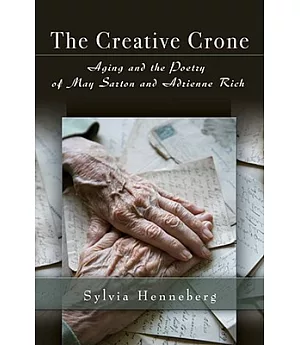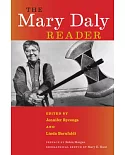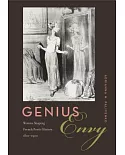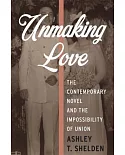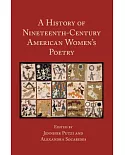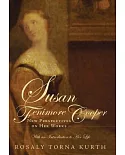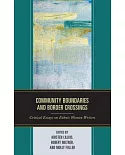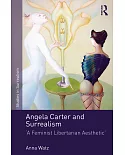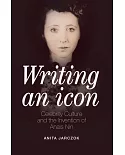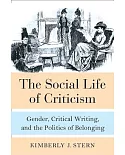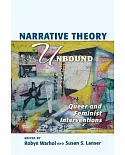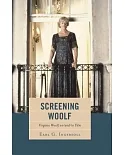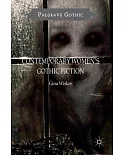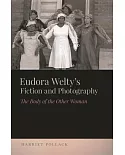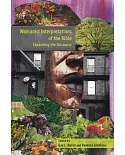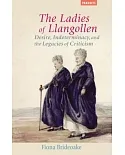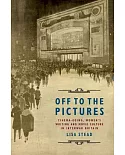Too often the elderly suffer “death by invisibility” long before their physical demise, but what can we learn from creative individuals when they grow old? This book examines the work of
two major contemporary women poets to show how they confront aging in a deliberate and constructive way. Sylvia Henneberg reveals how May Sarton and Adrienne Rich have critically evaluated
and embraced their roles as elder poets and “creative crones”—and in doing so offer a powerful resistance to age discrimination.
The Creative Crone highlights new dimensions in the works of both writers: one deeply engaged with aging but often
overlooked by scholars, the other a prominent poet and feminist but not generally thought of in the context of aging. Henneberg shows how these writers offer radically different but richly
complementary strategies for breaking the silence surrounding age. Rich provides an approach to aging so strongly intertwined with other political issues that its complexity may keep us
from immediately identifying age as one of her chief concerns. On the other hand, Sarton’s direct treatment of aging sensitizes us to its importance and helps us see its significance in
such writings as Rich’s. Meanwhile, Rich’s efforts to politicize age create stimulating contexts for Sarton’s work.
Henneberg explores elements of these writers’ individual poems that develop themes of aging, including imagery and symbol,
the construction of a persona, and the uses of rhythms to reinforce the themes. She also includes analyses of their fiction and nonfiction works and draws ideas from age studies by scholars
such as Margaret Morganroth Gullette, Kathleen Woodward, and Thomas Cole.
The lasting impression of these poets is that any evaluation of their writings—and any serious study of personal or political identity —will benefit from including a critique of aging.
Together, Sarton and Rich establish a literary symbiosis that suggests strategies for reassessing and radicalizing our notions about aging, senescence, and literature. This new perspective
on their work shows that creative and crone are far from mutually exclusive; considered in tandem, they renew the discourse on late-life creativity.

